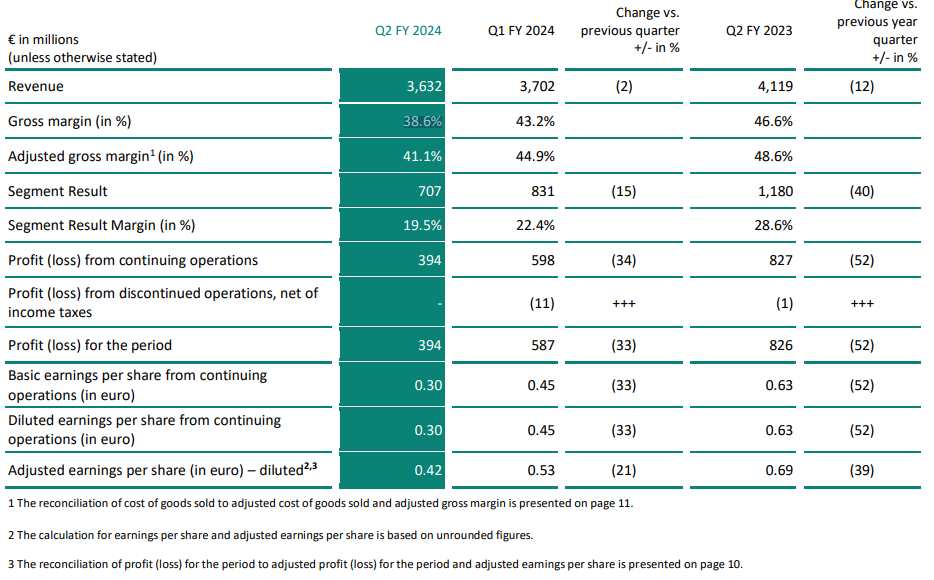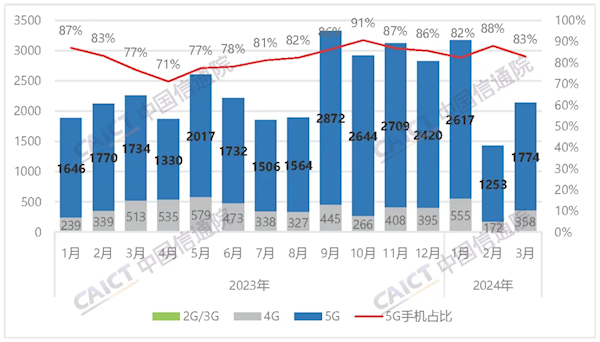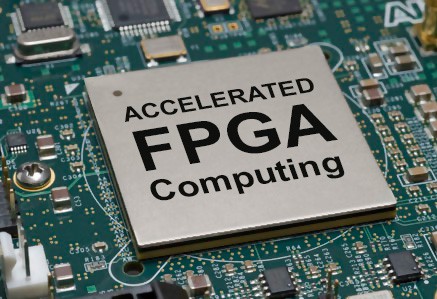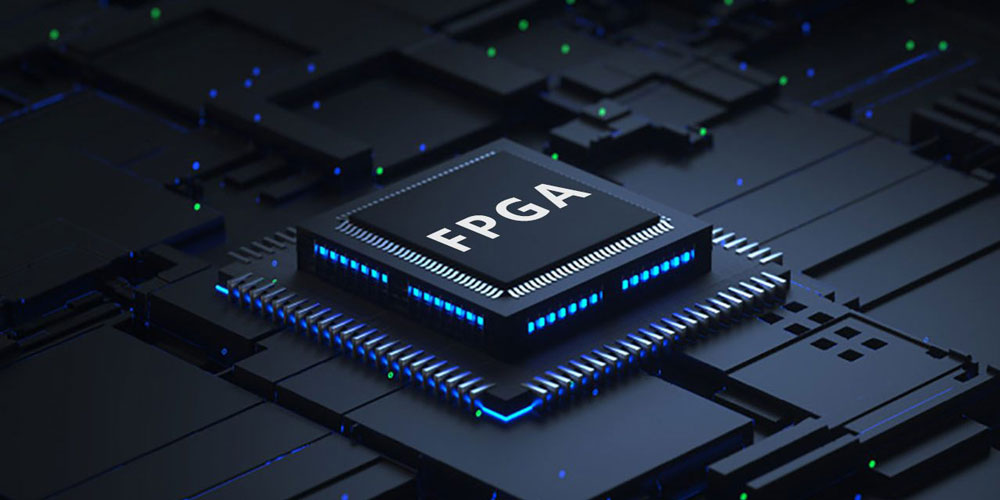Infineon's profit decreases, memory Q2 contract price increase revised upwards
- The terminal market is weak, and Infineon’s quarterly revenue drops by 40%
Infineon recently announced its results for the second quarter of fiscal year 2024. Revenue was 3.632 billion euros, down 12% year-on-year and 2% month-on-month; profit was 707 million euros, down 40% year-on-year and 15% month-on-month; gross profit margin was 38.6%. , a year-on-year decrease of 8 percentage points and a month-on-month decrease of 4.6 percentage points.

source-Infineon
The Automotive Electronics Division's (ATV) revenue was 2.078 billion euros, roughly the same year-on-year and month-on-month; profit was 512 million euros, a year-on-year decrease of 20.1%, and a month-on-month decrease of 9.2%. The revenue of the Zero Carbon Industrial Power Division (GIP) was 469 million euros, a year-on-year decrease of 16% and a month-on-month decrease of 4%; the profit was 89 million euros, a year-on-year decrease of 51% and a month-on-month decrease of 31.6%. Power and Sensing Systems Division (PSS) revenue was 713 million euros, down 23% year-on-year and 7% month-on-month; profit was 64 million euros, down 67.5% year-on-year and 35.4% month-on-month. The revenue of the Secure Internet System Division (CSS) was 371 million euros, a year-on-year decrease of 32.5%, and a month-on-month increase of 2%; the profit was 37 million euros, a year-on-year decrease of 76%, and a month-on-month increase of 12%.
Infineon CEO Jochen Hanebeck said that Infineon performed solidly in the second quarter under the current difficult market environment. Customers and distributors continue to reduce semiconductor inventory levels as many end markets remain weak due to economic conditions. Weak demand for consumer applications persists, and growth in the automotive industry has slowed significantly. It is therefore cautious about the outlook for the remainder of the financial year and has lowered its forecasts.
Infineon forecasts revenue of US$3.8 billion in the next fiscal quarter; it forecasts revenue of €15.1 billion in fiscal year 2024 (plus or minus €400 million).
- The earthquake's impact continues, and the contract prices of the two major memory devices in the second quarter are revised upward.
According to China Taiwan Business Times, TrendForce’s latest estimate is that the quarterly increase in DRAM contract prices in the second quarter will be revised upward to 13%-18%; the quarterly increase in NAND flash memory contract prices will be revised upward simultaneously to about 15%-20%. Only eMMC/UFS prices of all products have increased slightly, about 10%. Before the earthquake on April 3, TrendForce estimated that DRAM contract prices would increase by about 3%-8% in the second quarter; NAND flash prices would increase by 13%-8%, which is less than the increase in the first quarter.
However, after the earthquake on the 3rd, there were sporadic reports in the market that some PC OEM suppliers accepted high contract price increases for DRAM and NAND flash memory due to special considerations, but only sporadic transactions were completed. After relevant companies completed a new round of contract price negotiations by late April, the increase was larger than originally expected. TrendForce therefore revised its DRAM and NAND flash memory contract price increase forecast for the second quarter. In addition to reflecting the buyer's desire to support the value of the inventory on hand, It also includes considerations on the AI market outlook.
- Academy of Information and Communications Technology: Domestic mobile phone shipments increased year-on-year in the first quarter
According to Kuai Technology News, the China Academy of Information and Communications Technology released an analysis report on the operation of the domestic mobile phone market in March 2024. This month, mobile phone shipments in the domestic market were 21.38 million units, a year-on-year decrease of 5.5%, of which 17.736 million 5G mobile phones were shipped, a year-on-year increase of 2.3%, accounting for 83.0% of mobile phone shipments during the same period. Domestic brand mobile phone shipments this month were 17.633 million units, a year-on-year decrease of 8.5%, accounting for 82.5% of mobile phone shipments in the same period.

Source-Academy of Information and Communications Technology
Every quarter, from January to March 2024, the domestic market mobile phone shipments were 67.415 million units, a year-on-year increase of 7.4%, of which 5G mobile phones were 56.433 million units, a year-on-year increase of 9.6%, accounting for 83.7% of mobile phone shipments during the same period. Domestic brand mobile phone shipments were 55.711 million units, a year-on-year increase of 19.3%, accounting for 82.6% of mobile phone shipments during the same period.
- Intel establishes a chip manufacturing automation team in Japan
According to relevant reports cited by foreign media SemiMedia, Intel plans to cooperate with 14 Japanese companies to develop technologies for back-end chip manufacturing such as automated packaging, and will also seek to standardize back-end technologies so that manufacturing, inspection, and handling equipment can be carried out by one system. Management and control.
The collaboration includes electronics manufacturers Omron and Yamaha Motor, as well as materials suppliers Resonac and Shin-Etsu Polymers, and will be led by Intel Japan head Takama Suzuki. The group expects to invest tens of billions of yen, aiming to achieve viable technology by 2028.

 A Comprehensive Guide to Grasping FPGA Structure6/20/2024 810
A Comprehensive Guide to Grasping FPGA Structure6/20/2024 810FPGA (Field-Programmable Gate Array) is an integrated circuit, a type of programmable chip, that allows engineers to program custom digital logic. It can change its hardware logic based on the program, with the primary purpose of enabling engineers to redesign and reconfigure their chips faster and cheaper, whenever they want. However, nothing in the world is ideal, and FPGA chips also have limitations!
Read More > The EU to Impose Tariffs on Electric Vehicle Imports from China in Early July6/17/2024 400
The EU to Impose Tariffs on Electric Vehicle Imports from China in Early July6/17/2024 400The EU to Impose Tariffs on Electric Vehicle Imports from China in Early July
Read More > What is XC7A100T-2FG484I?6/6/2024 591
What is XC7A100T-2FG484I?6/6/2024 591XC7A100T-1CSG324C is an FPGA-based digital signal processing board, which consists of Xilinx's Virtex-7 series chips and FPGA interface chips.
Read More > Analog cycle inventory hits bottom, AI drives flash memory demand to continue6/4/2024 616
Analog cycle inventory hits bottom, AI drives flash memory demand to continue6/4/2024 616Analog cycle inventory hits bottom, AI drives flash memory demand to continue
Read More >
Hot News
- Electronic Component Symbols: Resistor, Capacitor, Transformers and Connectors
- Diode Overview: Application in Automotive Alternator Rectifiers
- Ultra-low power consumption of STM32U575/585 microcontrollers(MCU)
- Voltage-Controlled Oscillator: Principle, Type Selection, and Application
- What is Xilinx 7 Series FPGA Clock Structure- -Part two
- Zedboard zynq-7000: Zynq 7000 datasheet, Features, Architecture and Core Components















